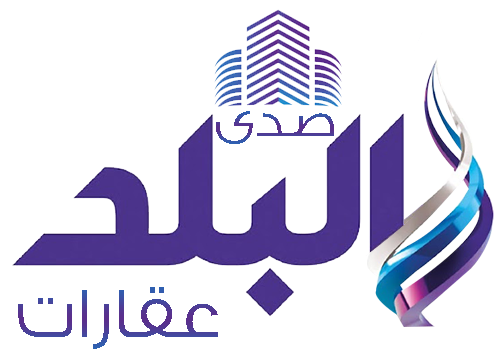Within the monthly tradition of Egyptian antiquities museums nationwide, the museums chose the pieces that will be displayed in July through a public poll via their pages on social networking sites Facebook.
This comes within the framework of the role of museums as cultural, civilized, and educational institutions that work to raise tourist and archaeological awareness, for all classes of society.
Moamen Othman, Head of the Museums Sector at the Supreme Council of Antiquities, explained that many of the public chose a group of artifacts that shed light on the Hajj (pilgrimage) season and the covering of the Holy Kaaba in celebration of the blessed Eid Al-Adha and the rituals of Hajj.
Islamic Art Museum:
It displays a painting of ceramic painted underglaze from the Ottoman era depicting the Grand Mosque in Makkah Al-Mukarramah and its surrounding minarets and arcades covered with domes.
Coptic Museum:
It displays a pilgrimage icon, which is a painting drawn on canvas to show Christian pilgrims.
Pilgrims used to take it with them as a souvenir after completing the pilgrimage season at the Church of the Holy Sepulcher in Jerusalem. This type of icon deals with a group of topics, stories from the Bible, stories from the life of the Virgin Mary, the disciples, and some biographies of saints.
Sharm El-Sheikh Museum:
It presents a limestone funeral stele for the supreme leader of the Thebes region, "Antif," during the era of the Second Intermediate Period.
Royal Jewelry Museum:
It displays an outer cover of a silver photo album in the shape of a Qur’an decorated with ornamental drawings and inlaid with colored enamel and studded with diamonds, rubies, and turquoise stones from the possessions of King Farouk.
Farouk Corner Museum in Helwan:
It displays a watercolor painting that represents a panorama of the most important monuments of Cairo.
In the middle of the scene, the celebration of the procession of the loader appears, where the howdah (sedan) carrying the covering of the Holy Kaaba is wrapped in the streets of Cairo, surrounded by the flags and banners of the Sufi orders.
The National Police Museum in the Fort:
It displays a statue of the idol Osiris, the god of the other world, as the ancient Egyptians made a pilgrimage every year to Abydos, the center of the cult of Osiris. The scene of the pilgrimage trip to Abydos was one of the most important scenes that the ancient Egyptians were keen to record in his tomb.
New Valley (Al-Wadi Al-Gadid ) Antiquities Museum:
It displays a mummy of a ram wrapped in linen layers with drawings of some mechanisms from the Greco-Roman era.
Translated by Ahmed Mo












